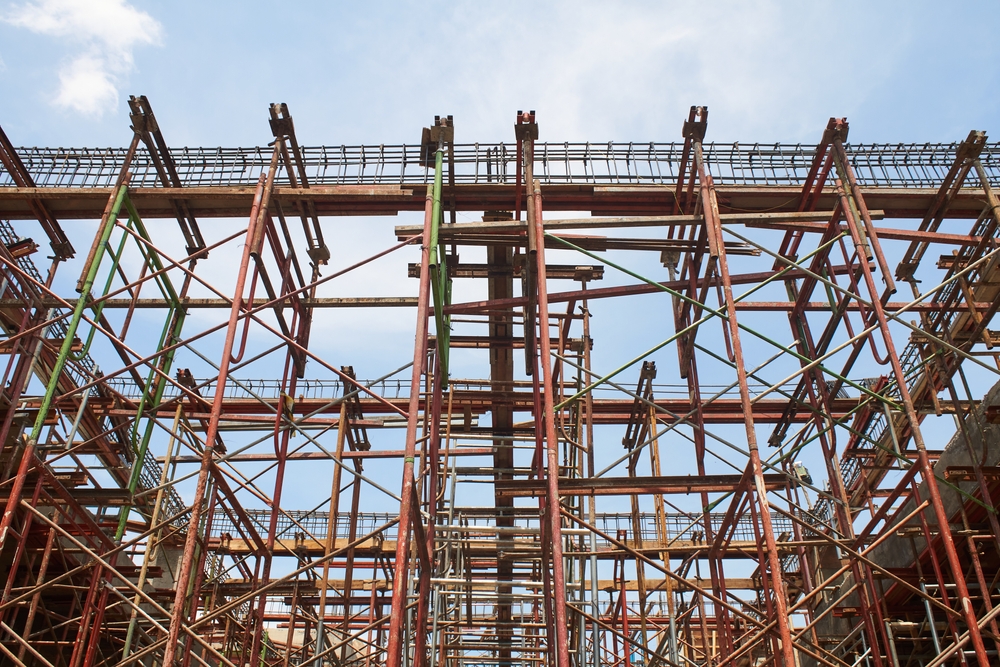There are over four billion buildings around the world, and the strongest designs feature a ring beam for optimal support.
The purpose of a ring beam is to brace building walls to support the structure and ensure a safe, long-lasting design.
Ring beams run horizontally throughout the entire wall and are made of reinforced concrete for the best performance.
Let’s take a closer look at ring beams and learn how they are used in construction.
Table of Contents
How are ring beams used?
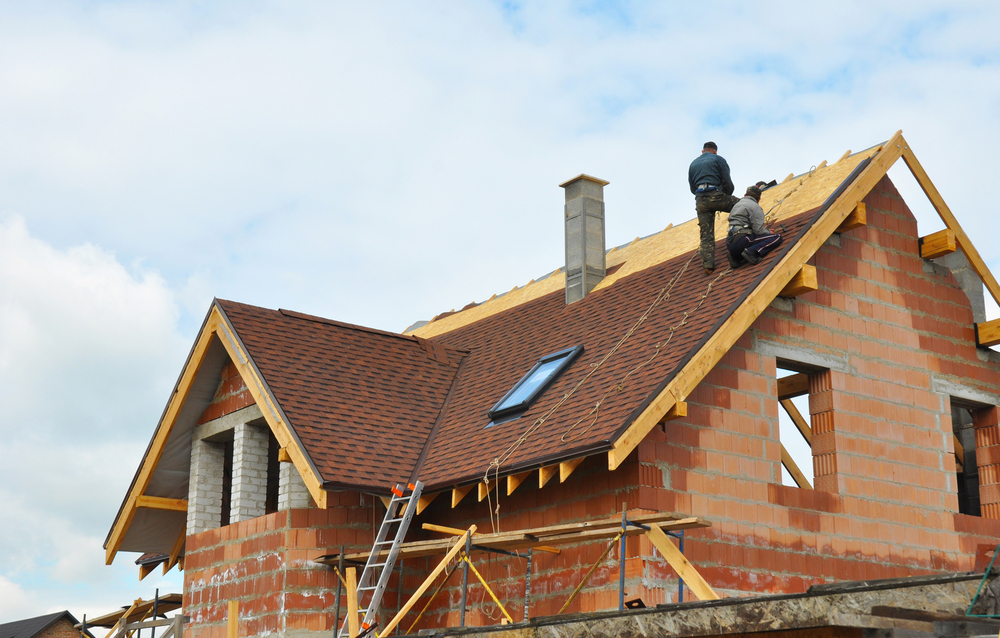
Ring beams are used throughout the global construction industry to combine masonry into a whole operating unit and sustain the weight of the roof.
These structures connect walls and increase load capacity, with ring beams surrounding the foundation as walls are constructed.
The majority of building projects have multiple ring beams running along the horizontal facing as it connects to the top and bottom of the walls, providing comprehensive structural support.
What do ring beams do?
Builders, designers, and engineers all rely on ring beams to enhance the integrity of brick and block walls in a wide range of structures, from residential units to skyscrapers and everything in between.
Buildings with more than four of five stories need ring beams to support their foundation so they can bear weight at the base.
When building walls are built, the load from the roof is concentrated on the walls, which need to accommodate this substantial force with a ring beam.
Otherwise, serious building complications and safety risks may arise.
By reinforcing the sides of a building and distributing horizontal forces, ring beams keep the ceiling, walls, windows, and doors intact to ensure successful construction projects.

What are ring beams made out of?
Concrete, timber, and iron sheets are the most common materials for ring beams. This fundamental ring beam is precisely made to fit on top of the block or brick wall after it’s built up from the foundation.
Reinforced wire and metal rebar are common materials used to further support the width and length of the ring beam.
Reinforced concrete with R and T12 wires is preferred by most builders for ring beams. Reinforcement wires are added to the formwork before the concrete pour.
A mixture of sand, cement, and aggregate creates a heavy-duty ring beam that reduces wall cracking with a negligible load from the roofing system.
Timber may be nailed onto the top once the wall reaches its maximum height. This can add nearly a foot to the wall, so builders must measure carefully to ensure the building meets code.
Why are reinforced concrete ring beams so popular?
Reinforced concrete is one of the most common building materials in general, particularly for ring beams as they need to be made out of the highest-quality, most durable material possible.
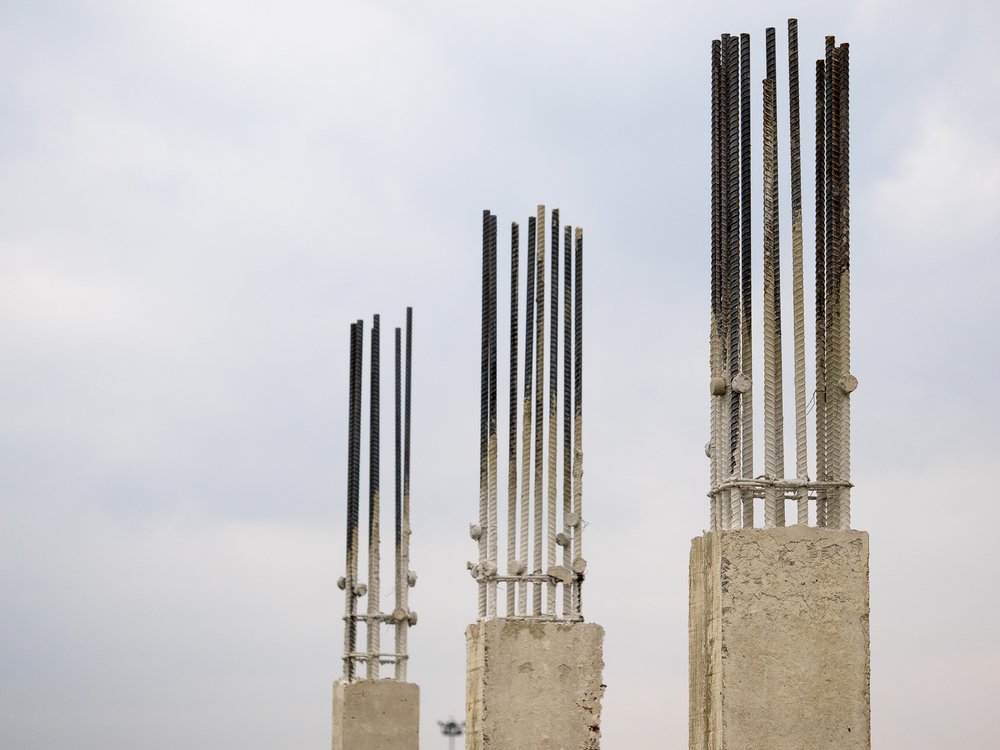
This composite material features concrete and steel bars, which improve the tensile strength and ductility of concrete.
As the most widely used construction beams, reinforced concrete is especially effective in handling the horizontal force and lasting under compressive stress.
Reinforced concrete ring beams absorb the force of horizontal walls and foundation slabs to ensure a safe and sturdy construction for houses, offices, commercial complexes, bridges, and much more.
Without reinforced concrete ring beams, a lot of the most popular building projects wouldn’t make it, as the weight of the roof would cause excessive sagging and cracking in the walls.
Luckily, modern building techniques incorporate ring beams to appropriately distribute weight and force.
What buildings need ring beams?
Ring beams handle lateral loads and are used alongside standard building beams that offer vertical support.
There are many different types of buildings that may incorporate ring beams for state-of-the-art structural support, including:

- Apartment buildings
- Townhomes
- Large luxury homes
- Office buildings
- Multi-use complexes
- Shopping malls
- Schools
- Hospitals
- Government centers
- Airports
Remember, the wider the building, the more likely it will need horizontal support from a ring beam.
Who works on ring beams?
Building industry professionals are most familiar with ring beams and how they work. Construction laborers, site supervisors, engineers, architects, and designers all understand ring beams and work with building beams throughout their projects.

Also, concrete fabrication companies and others specializing in building materials will likely have a lot of experience making or at the very least distributing ring beams.
If you’re building a house or working on a commercial development project, you can consult the builder about their designs and how they incorporate ring beams for adequate support.
What are the benefits of ring beams?
Many residential and commercial buildings use ring beams to support walls, windows, and doors.
Without a ring beam, these components become weak and susceptible to cracking and other structural compromises in the walls.
Sagging is another big issue addressed by ring beams, which enhance the structural strength and aesthetic appeal of the overall building design.
Builders are familiar with ring beams and their essential purpose in the construction industry, so costs are relatively straightforward and can be budgeted based on each project.
It’s well worth it to pay the price of ring beams to ensure industry standards are met and buildings live up to their full potential.
What other kinds of building beams are there?
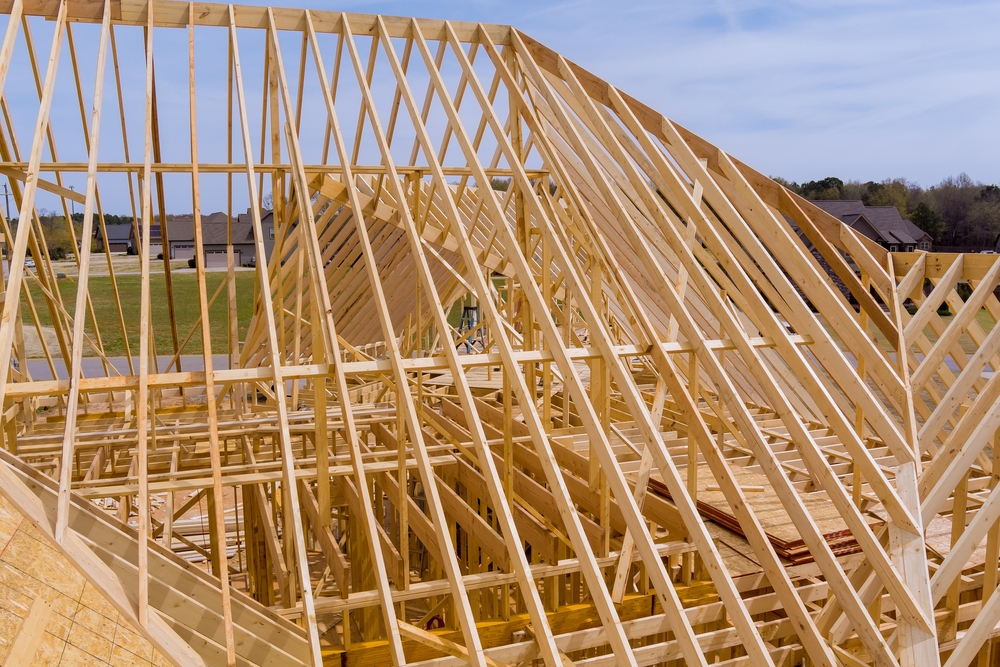
Ring beams aren’t the only important building beam widely used throughout the construction industry.
A few other key building beams to be aware of include:
- Universal beam
- Trussed beam
- Hip beam
- Composite beam
- Lattice beam
- Chilled beam
- Reinforced concrete beam
- Timber beam
- Steel beam
- Curved beam
- Straight beam
- Tie beam
- Bridge beam
- Cantilever beam
Are a ring beam and a cantilever beam the same thing?
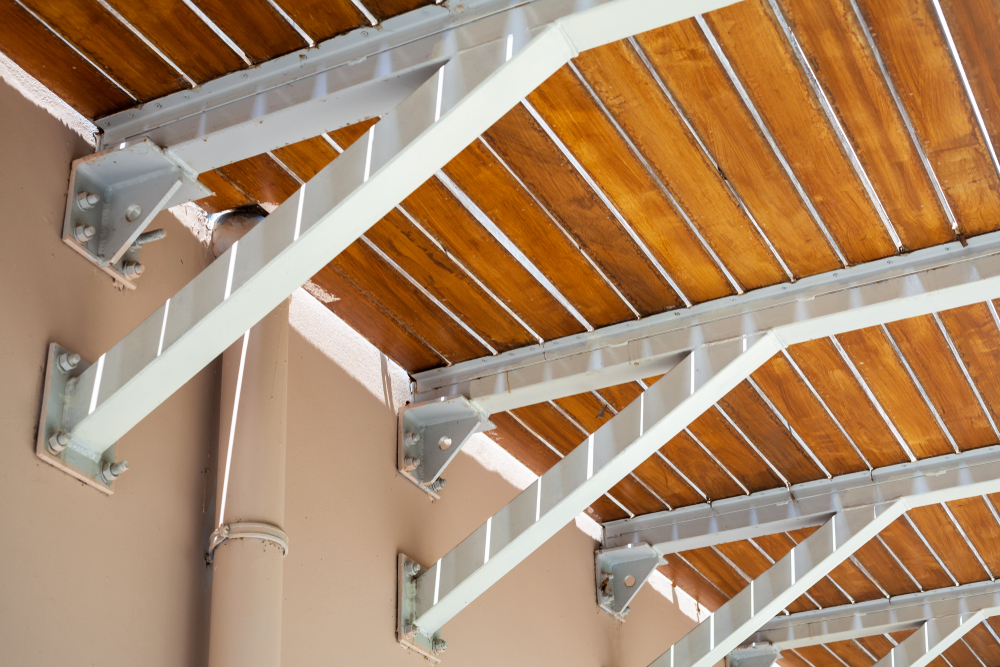
While both ring beams and cantilever beams provide horizontal support, they are not quite the same as a cantilever beam is only supported on one end, whether that be a typical beam, truss, or slab.
Many cantilever beams are used in bridges, buildings, and towers that need an overhang for their spans.
Sometimes temporary cantilever beams are used for short-term support during bridge or building construction.
Rotational equilibrium and torque help cantilever beams stay as stable as possible.
Ring beams have support on both sides and are more commonly used throughout a wide range of permanent building projects for horizontal walls.
You’re more likely to see ring beams in office buildings and shopping centers and cantilever beams in bridges and towers.
Do you need both ring and universal beams?
Most building projects rely on both universal and ring beams, which are carefully incorporated into the overall design to ensure every component is supported and built to last.
Ring beams run horizontally to accommodate pressure from the ceiling, roof, and foundation, while universal beams have both horizontal and vertical elements.

Also known as an L-beam, a universal beam is included in the majority of steel structures, with horizontal flanges and vertical webs.
The web offers heavy-duty resistance to shear forces while the flanges control bending moments.
Steel is the most common construction for universal L-beams, while ring beams are usually made of reinforced concrete.
Experienced builders understand where to use different kinds of beams based on the size and yield requirements.
Ring and universal beams are used for critical support in main frameworks, ensuring structural integrity for a wide range of building projects across the globe.

